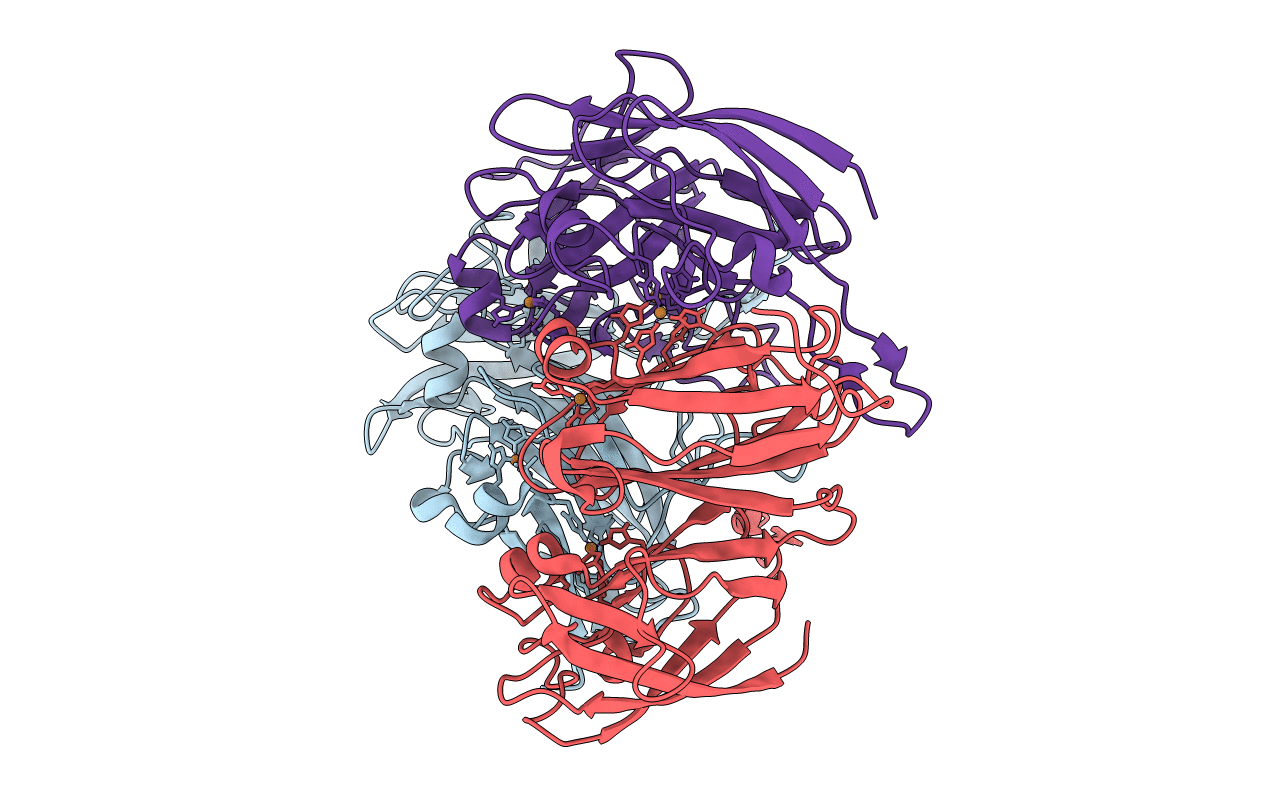
Deposition Date
2020-02-20
Release Date
2021-09-01
Last Version Date
2024-12-04
Entry Detail
Biological Source:
Source Organism:
Streptomyces sviceus ATCC 29083 (Taxon ID: 463191)
Host Organism:
Method Details:
Experimental Method:
Resolution:
1.79 Å
R-Value Free:
0.22
R-Value Work:
0.18
Space Group:
P 21 21 21


